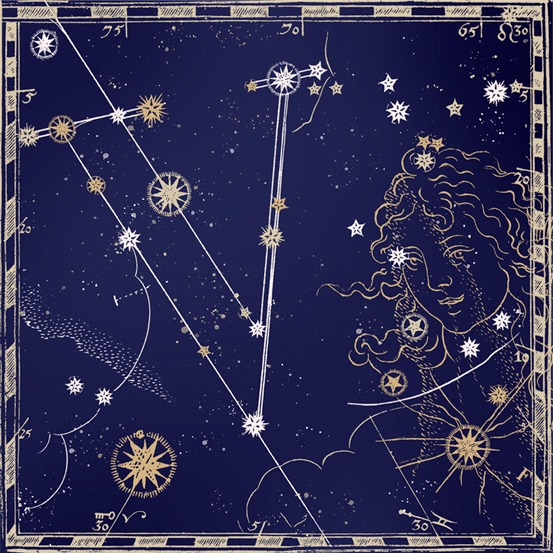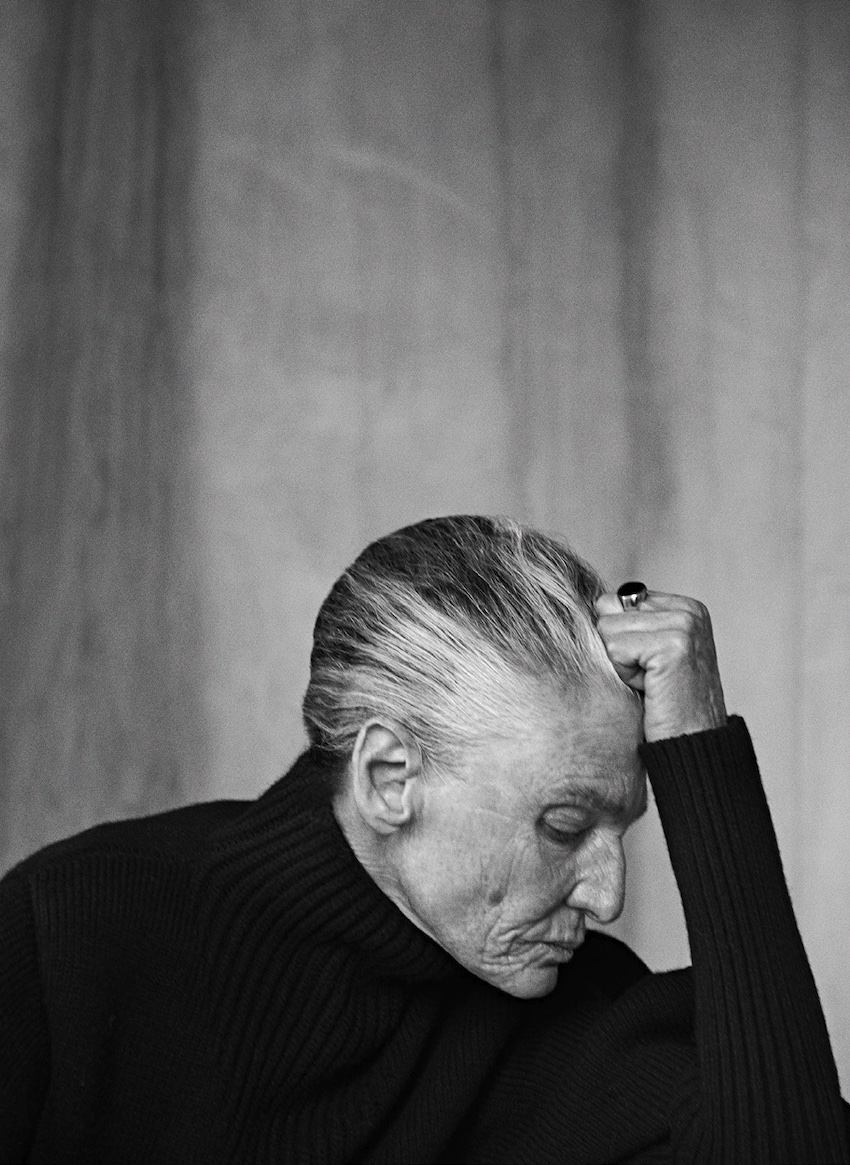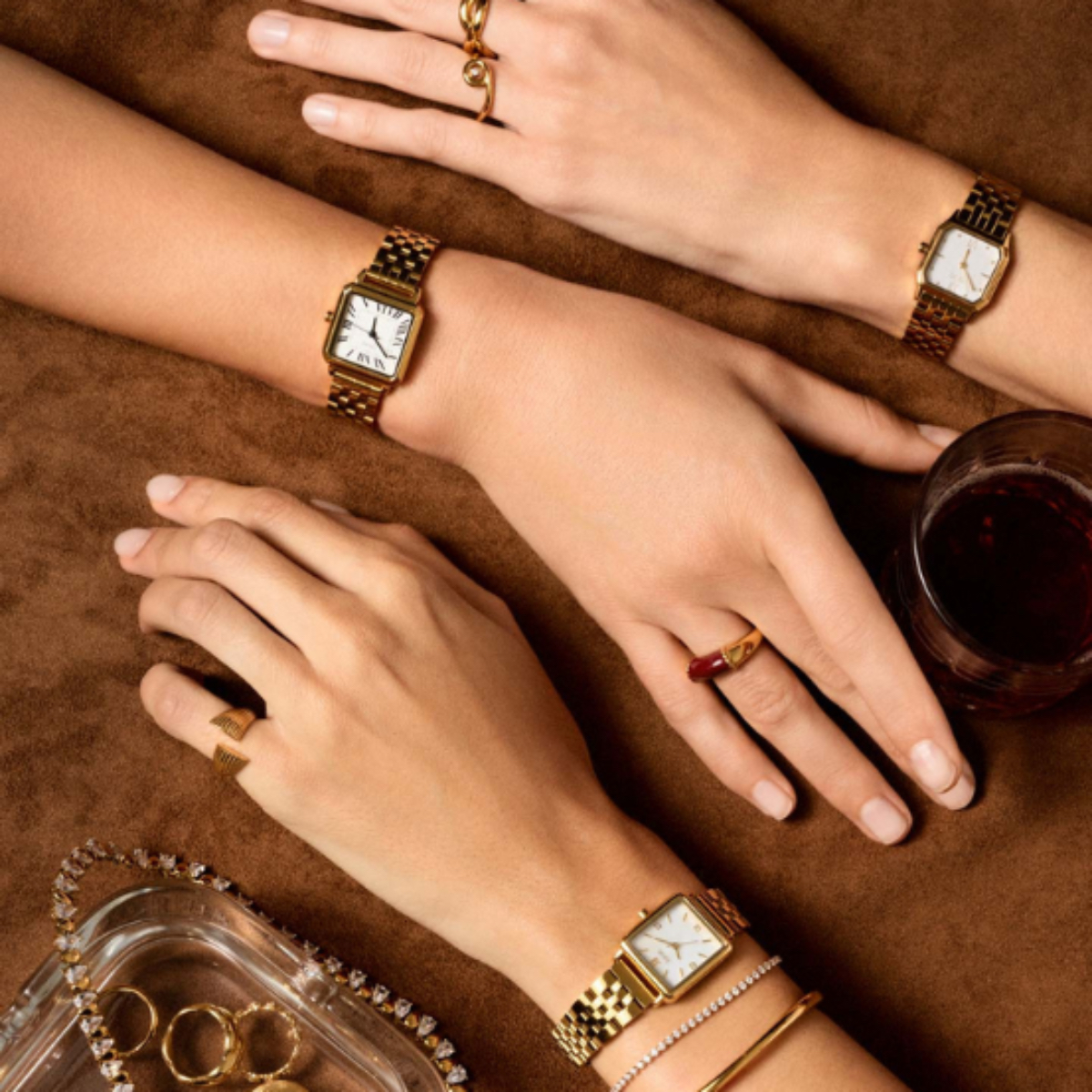Portugal With Love
The science of longevity has changed the paradigm of anti-aging cosmetics with a new approach capable of making the skin biologically younger, reflecting the current cultural shift that values living better rather than living longer.
This new generation of cosmetics rejuvenates from the inside out and guarantees a deeper and longer-lasting transformation. In the new era of longevity applied to cosmetics, science, innovation and self-care converge to keep us looking our best at any age.
Let's imagine a world where the clock of aging could be turned back; a reality where time would refine reverse? our features instead leaving its mark. This fantasy - vividly described by F. Scott Fitzgerald in 1922 in his book The Curious Case of Benjamin Button, later adapted into a movie - tells the fascinating story of a man who ages in reverse, and captures our collective desire for eternal youth. Although we can't reverse time like Benjamin Button, modern advances in beauty and well-being give us the tools to age gracefully and, perhaps, a little more slowly.
Portugal is the fastest aging country in the European Union and the fourth oldest in the world. Despite the fact that we are socially, economically and culturally ill-prepared to deal with this demographic reality, if this country is not yet for old people, sooner or later it will have to be. With recent advances, the longer we live, the longer we will live, and the science of longevity predicts that today's children can expect to live well into their 120s. Philosophically, we can argue that growing old is a privilege, but longevity researchers say it's time to classify biological aging as a disease that even the skin can't escape. That said, is there a cure for aging? In the field of cosmetics, this is not the right question to ask; finding the answers to keeping skin biologically youthful is what really matters.
We like to say that we're like Port wine: the older we get, the better. However, for skin health, being Portuguese doesn't necessarily give us an advantage. Around 80% of the skin changes we associate with age are actually caused by the sun. In this country by the sea, escaping the sunlight exposure is a difficult and culturally misunderstood task. By associating the many myths perpetuated in relation to a healthy tan, vitamin D synthesis or even the improvement of certain skin conditions such as acne or psoriasis, scientific literacy is delayed and the skin becomes fertile territory for hyperpigmentation, wrinkles or sagging. Spoiler alert: sunscreen is non-negotiable.
Iconically pale, Queen Elizabeth I of England used her mask of youth to camouflage the imperfections on her face and thus project a strong image of health and power. Science validates this: even, homogeneous and radiant skin makes us look healthier and more attractive, impacts our self-image and the way others relate to us, shaping our tolerance, appreciation and even protective instincts. Unfortunately, the opposite is also true. Scientists point to the face as monitor for health and wellbeing, and where signs of systemic and cognitive aging can be found. Facial attractiveness is assessed quickly and automatically, and can be processed even without awareness: a widely distributed neuronal network is activated that involves perception, decision and reward circuits. Physiologically, the importance of skin care is also felt. It's enough to look five years younger than your chronological age to benefit your physical health, for example by reducing osteoporosis, hearing loss and cataracts. Cosmetics play a crucial role here: in a disruptive study published in 2022 in the Journal of the European Academy of Dermatology and Venereology, it was found that the application of a simple body emollient delayed the progression of cognitive dysfunction in people over the age of 65.
“How beautiful is youth, though quickly it does flee!” said Lorenzo de' Medici (1449-1492), an Italian politician. From ancient civilizations to modern societies, the desire to preserve and recover the beauty of youth has been a constant obsession. Countless methods, products and rituals are used in an attempt to defy the inevitable march of time, and this desire has evolved into a multi-million dollar industry, with anti-aging cosmetics at the forefront. While the focus of these products has traditionally been on correcting the symptoms of aging, recent advances have brought us closer to understanding their root causes and true rejuvenating potential.
Anti-aging is a perennial term in cosmetics, but there is a deep desire to change the wording to something more inclusive and modern: pre-aging, slow aging, healthy aging... these are options that are increasingly being communicated. Longevity cosmetics improve the perception of age: it's not merely innovation that postpones decline, but innovation that optimizes our lives. In cosmetics, this new rationale guarantees a very positive approach to product development, giving rise to new ingredients or new avenues of action. Focused on understanding the mechanisms that lead to aging and its appearance, it looks at the skin's chemical processes at a cellular level. What underlies aging is the information that is lost in the cells and not just the accumulation of damage. A paradigm shift in the way we think about aging.
Inflammaging, glycation, cellular senescence, telomeres, epigenome, proteome, are buzzwords in longevity cosmetics; and products with ingredients such as peptides, pre- and post-biotics, and antioxidants that target the microbiota, mitochondria, sirtuins or the FOXO protein, should be part of our shopping list. In a markedly ageing country, which ingredients should be considered in our “Retirement Plan” because of their contribute to healthy skin longevity? Exosomes, for example, are the latest innovation in cosmetics. They are very small vesicles produced by plant cells, which play an important role in cell communication and carry various “payloads” such as proteins, lipids and other molecules that can help promote healing, hydration and collagen synthesis. They can also reduce inflammation and protect the skin from environmental factors. In addition, they act synergistically with other ingredients - hyaluronic acid, peptides or antioxidants - improving their performance. They are clearly ingredients to keep an eye on and follow, not only for skin but also hair rejuvenation. Also niacinamide, the Swiss army knife of ingredients, because it really does work for almost everything! Multifunctional and ubiquitous in cosmetics, it is a precursor of important energy cofactors involved in various enzymatic reactions in the skin, which is why it has the potential to influence many skin processes. Reputedly an anti-dark spot, antioxidant and anti-inflammatory agent, it is second to none when it comes to strengthening the skin barrier due to its contribution to increasing the synthesis of ceramides and proteins. Another ally: peptides, short chains of amino acids that mimic proteins needed for various processes that ensure the skin functions at its best. They began to be used in cosmetics at the beginning of the 2000s, with Matrixyl 3000 (palmitoyl tetrapeptide-7 + palmitoyl tripeptide-1) and Argireline (acetyl hexapeptide-8) being famous. After a period away from the spotlight, they returned in 2024 in an unprecedented revival, explained by their immense potential and excellent tolerance profile.
There are lots of peptides that are very relevant to cosmetics. They are stable ingredients and easy to combine with others that are just as powerful. Obtained through increasingly innovative technological processes, these signaling molecules penetrate the skin to provide numerous benefits ranging from anti-inflammatory action to the synthesis of collagen fibers. Don't forget hyaluronic acid: the sponge your skin needs... and much more. It's a vital natural polysaccharide that the skin produces and accumulates in the epidermis and dermis, and which is capable of retaining up to a thousand times its weight in water, moisturizing and filling it. Although it is generally believed that its content in the skin decreases with age, some current evidence points to a change in its structure, which will affect its performance. The result: skin that is less hydrated and plumped, with more wrinkles and, even unprotected, since it also acts as a prebiotic. Its presence in cosmetics, in various molecular weights, counteracts all this and is really very important. Finally, retinoids: the racehorses of aging. This term includes retinal, retinol and retinol esters, in descending order of potency. Obviously their concentration will affect their performance, but their place on the podium reflects how easy it is for them to be converted, already inside the skin, into retinoic acid: the form that our skin knows how to use to its advantage. They are transformative antioxidant ingredients that relaunch cell renewal, improve firmness and also hydration.
Alone or in combination, skin longevity goes beyond cosmetic ingredients. Our appearance is a reflection of the quality of our lifestyle, our emotional and nutritional health, and even the air we breathe. Science validates that complete cosmetic routines - with cleansing, toner, serum, cream, sunscreen - give the skin better results in terms of hydration, radiance and protection against aging. Consistency is key, because real skin transformation takes time. As with physical exercise, the skin needs to be stimulated methodically and regularly. It's very important to do the steps of the ritual we choose for our skin every day, and the best ritual is the one we can fulfill. In "The Elixir of Eternal Youth, Aging is an art form”, but also a science or rather several.
Translated from the original in Vogue Portugal's "Portugal With Love" Issue, published June 2024. Full stories and credits in the print issue.
Most popular
.jpg)

Relacionados

O que lhe reservam os astros para a semana de 30 de dezembro a 5 de janeiro
30 Dec 2025
.jpg)




.jpg)
